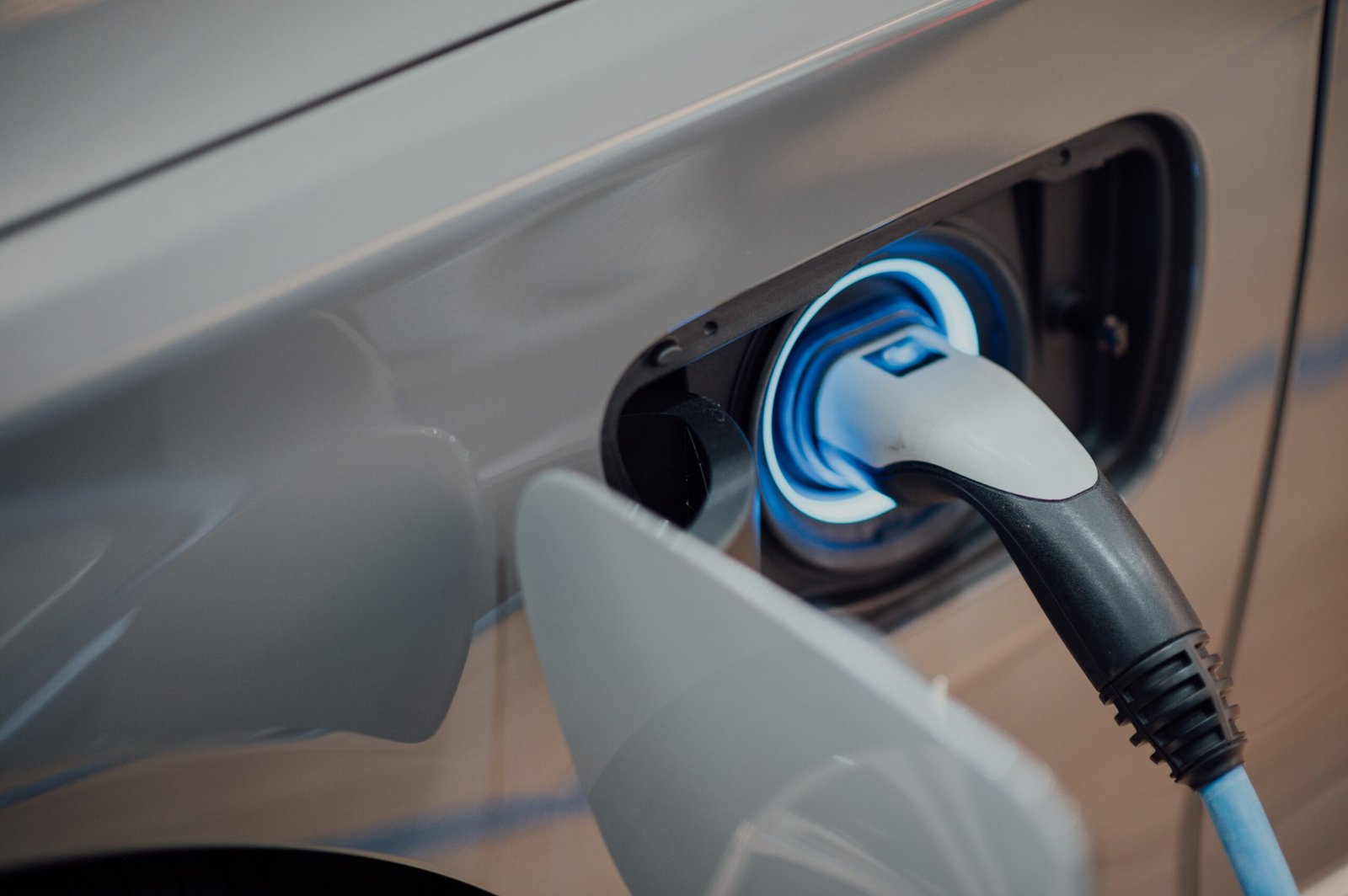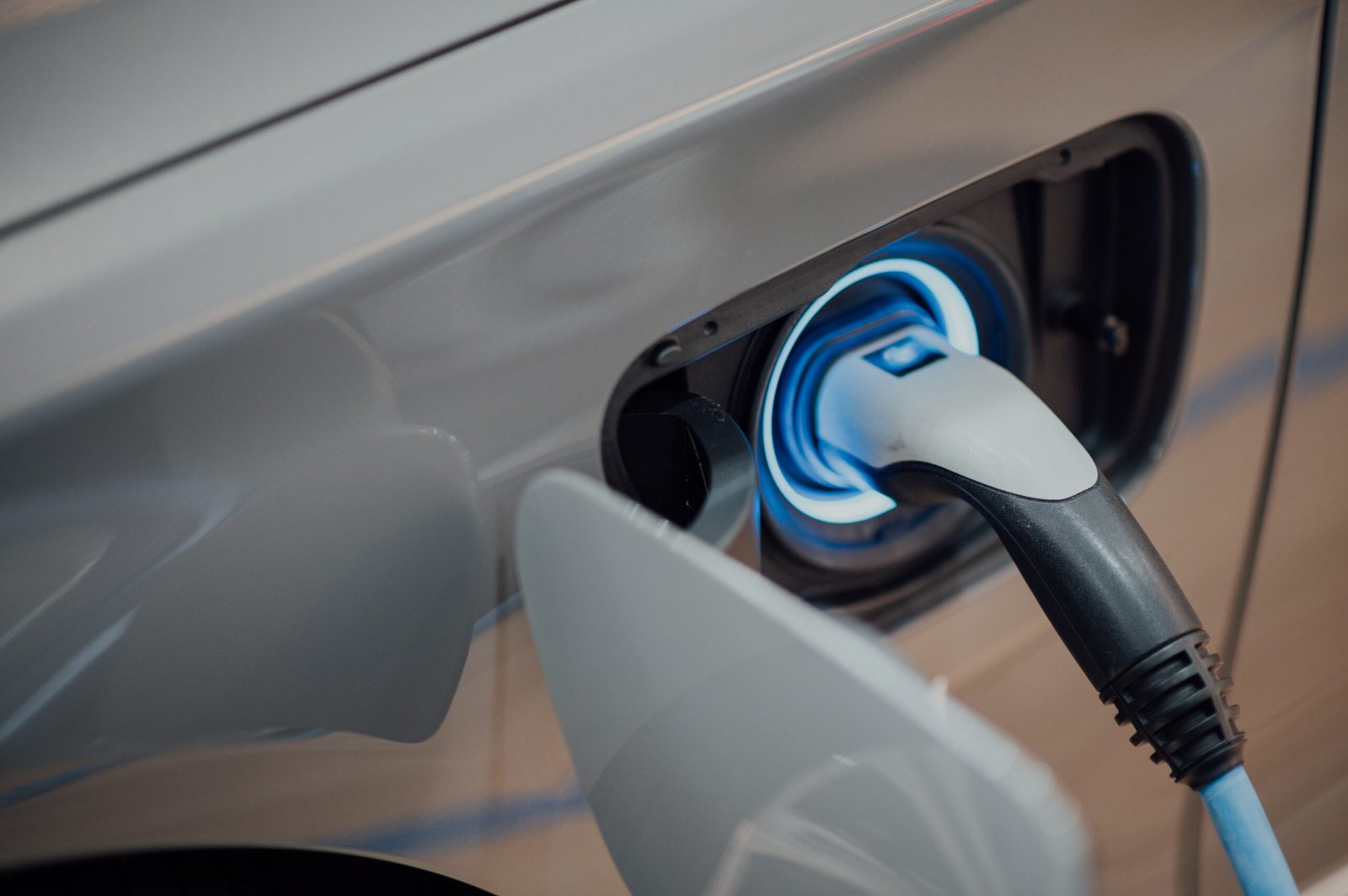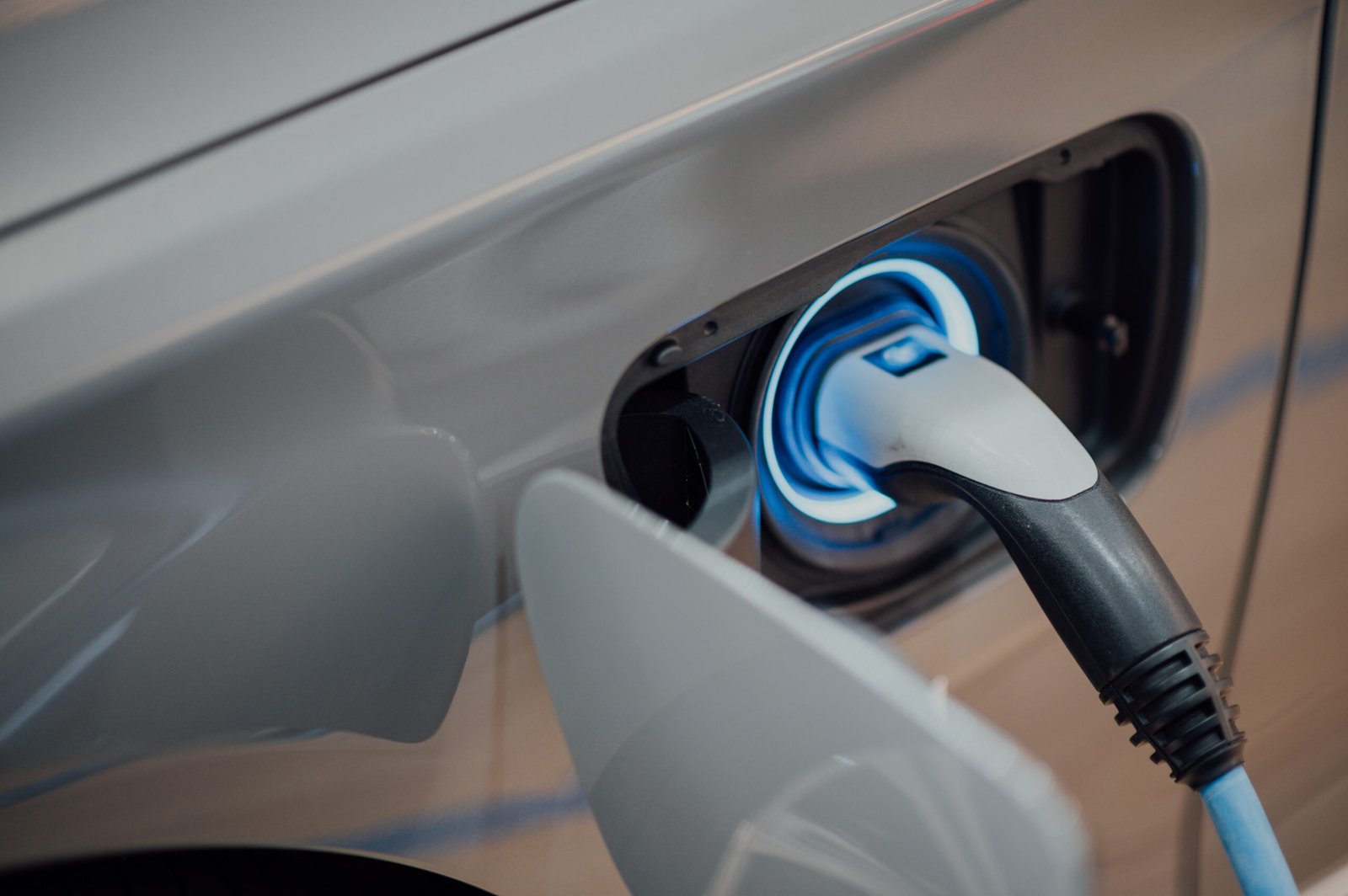Introduction
As we move further into the 21st century, the world of transportation and mobility is undergoing significant changes. From advancements in technology to shifting consumer preferences, these trends are reshaping the way we travel and navigate our cities. In this blog post, we will explore the current trends in transportation and mobility, backed by recent data and insights from reputable sources. We will also discuss how these trends might shape the future of healthcare.
1. Electric Vehicles (EVs)
One of the most prominent trends in transportation is the rise of electric vehicles. With concerns over climate change and the need for sustainable transportation options, EVs have gained significant traction in recent years. According to a report by BloombergNEF, global EV sales reached a record high of 3.24 million units in 2020, representing a 43% increase from the previous year. This surge in sales can be attributed to advancements in battery technology, increased charging infrastructure, and government incentives.
2. Autonomous Vehicles (AVs)
The development of autonomous vehicles is another major trend that is poised to revolutionize transportation. AVs have the potential to enhance road safety, reduce congestion, and improve overall efficiency. According to a report by Allied Market Research, the global autonomous vehicle market is projected to reach $556.67 billion by 2026. Companies like Tesla, Waymo, and Uber are investing heavily in AV technology, and pilot programs are already underway in various cities around the world.
3. Shared Mobility
The rise of shared mobility services, such as ride-hailing and bike-sharing, has transformed the way people move within cities. These services provide convenient and cost-effective alternatives to traditional modes of transportation. According to a report by McKinsey, the global revenue from shared mobility services is expected to reach $600 billion by 2025. This growth is driven by factors such as urbanization, increasing smartphone penetration, and changing consumer preferences.
4. Hyperloop and High-Speed Rail
Hyperloop and high-speed rail systems are emerging as potential solutions for long-distance travel. Hyperloop, a concept proposed by Elon Musk, aims to transport passengers in pods at near-supersonic speeds through low-pressure tubes. Meanwhile, high-speed rail networks, like the ones in Japan and China, offer a sustainable and efficient mode of transportation for intercity travel. These technologies have the potential to revolutionize long-distance transportation, reducing travel times and increasing connectivity.
5. Mobility as a Service (MaaS)
Mobility as a Service (MaaS) platforms are transforming the way people plan and pay for their journeys. These platforms integrate various modes of transportation, such as public transit, ride-hailing, and bike-sharing, into a single app or platform. Users can plan their trips, compare prices, and make payments seamlessly. According to a report by Frost & Sullivan, the global MaaS market is expected to reach $1.74 trillion by 2030. MaaS has the potential to improve accessibility, reduce congestion, and enhance the overall travel experience.
6. Drones and Delivery Robots
The use of drones and delivery robots for last-mile delivery is gaining traction in the transportation industry. Companies like Amazon and Google are exploring the use of drones to deliver packages, while autonomous delivery robots are being deployed in urban areas. According to a report by Research and Markets, the global market for delivery drones is expected to reach $11.20 billion by 2026. These technologies have the potential to revolutionize logistics and make deliveries more efficient and environmentally friendly.
7. Sustainable Infrastructure
With the increasing focus on sustainability, transportation infrastructure is also undergoing a transformation. Cities around the world are investing in sustainable infrastructure, such as electric charging stations, bike lanes, and pedestrian-friendly spaces. According to a report by the International Energy Agency, global investment in sustainable urban mobility is projected to reach $1.8 trillion by 2030. These investments will not only reduce greenhouse gas emissions but also improve the quality of life for urban dwellers.
Conclusion
The future of transportation and mobility is poised for exciting developments. From the rise of electric and autonomous vehicles to the integration of shared mobility services and sustainable infrastructure, these trends are reshaping the way we move. As these technologies continue to evolve, they have the potential to not only transform transportation but also impact other sectors such as healthcare. For example, autonomous vehicles could enable more efficient medical transport and telemedicine services. The key to embracing these trends lies in collaboration between public and private sectors, investment in infrastructure, and a focus on sustainability. The future of transportation and mobility is bright, and it is up to us to shape it.
FAQs
Q: How do electric vehicles (EVs) contribute to sustainability?
A: EVs produce zero tailpipe emissions, reducing greenhouse gas emissions and air pollution. They also contribute to a decrease in dependence on fossil fuels.
Q: Are autonomous vehicles (AVs) safe?
A: While AVs are still being developed and tested, they have the potential to improve road safety by eliminating human error, which is responsible for the majority of accidents.
Q: How does shared mobility benefit cities?
A: Shared mobility services reduce the number of private vehicles on the road, leading to reduced congestion, improved air quality, and increased accessibility.
Q: What is the future of high-speed rail?
A: High-speed rail networks offer a sustainable and efficient mode of transportation for intercity travel. As technology improves, we can expect faster speeds and increased connectivity.
Q: How can drones and delivery robots improve last-mile delivery?
A: Drones and delivery robots can make deliveries more efficient, reducing traffic congestion and carbon emissions associated with traditional delivery methods.
Q: What is the role of sustainable infrastructure in transportation?
A: Sustainable infrastructure, such as electric charging stations and bike lanes, promotes the use of clean and alternative modes of transportation, reducing the environmental impact of travel.
Q: How can the healthcare industry benefit from transportation and mobility trends?
A: Autonomous vehicles can enable more efficient medical transport, while shared mobility services can improve access to healthcare facilities, especially in underserved areas.
Q: What are some challenges in implementing these transportation trends?
A: Challenges include regulatory frameworks, infrastructure development, public acceptance, and ensuring equitable access to transportation options.
Q: How can individuals contribute to sustainable transportation?
A: Individuals can choose to use public transportation, carpool, bike, or walk whenever possible. They can also support policies and initiatives that promote sustainable transportation.
Q: What are some emerging technologies in transportation and mobility?
A: Emerging technologies include flying taxis, hyperloop systems, and advanced traffic management systems that use artificial intelligence to optimize traffic flow.
Tips
– Stay informed about the latest trends and advancements in transportation and mobility.
– Consider the environmental impact of your transportation choices and opt for sustainable alternatives whenever possible.
– Embrace new technologies and services that can enhance your travel experience and make your journeys more efficient.
– Advocate for policies and investments that promote sustainable transportation and improve accessibility for all.
Remember, the future of transportation and mobility is in our hands. Let’s embrace these trends and work towards a more sustainable and connected world.
Don’t forget to share this blog post with others on social media to spread the word about the future of transportation and mobility!









